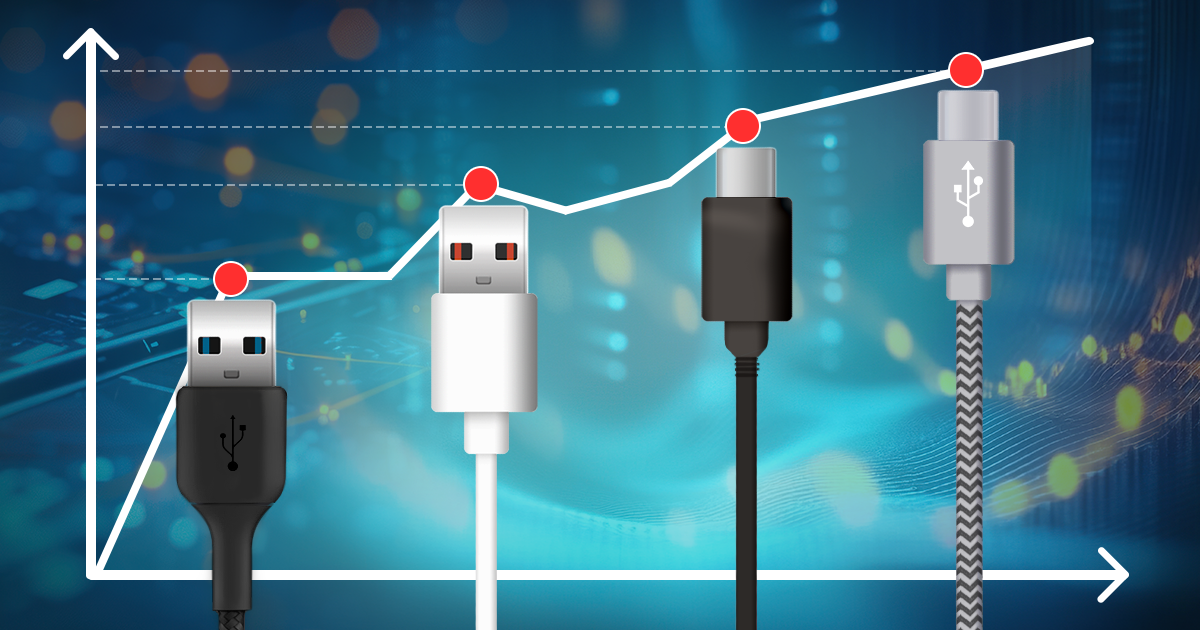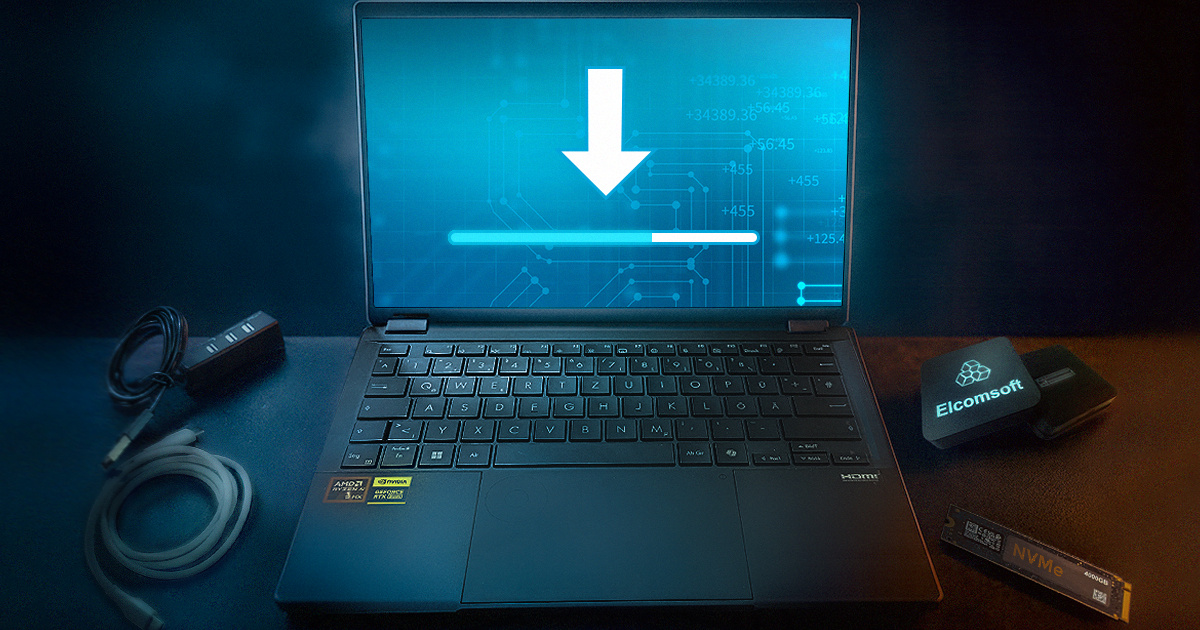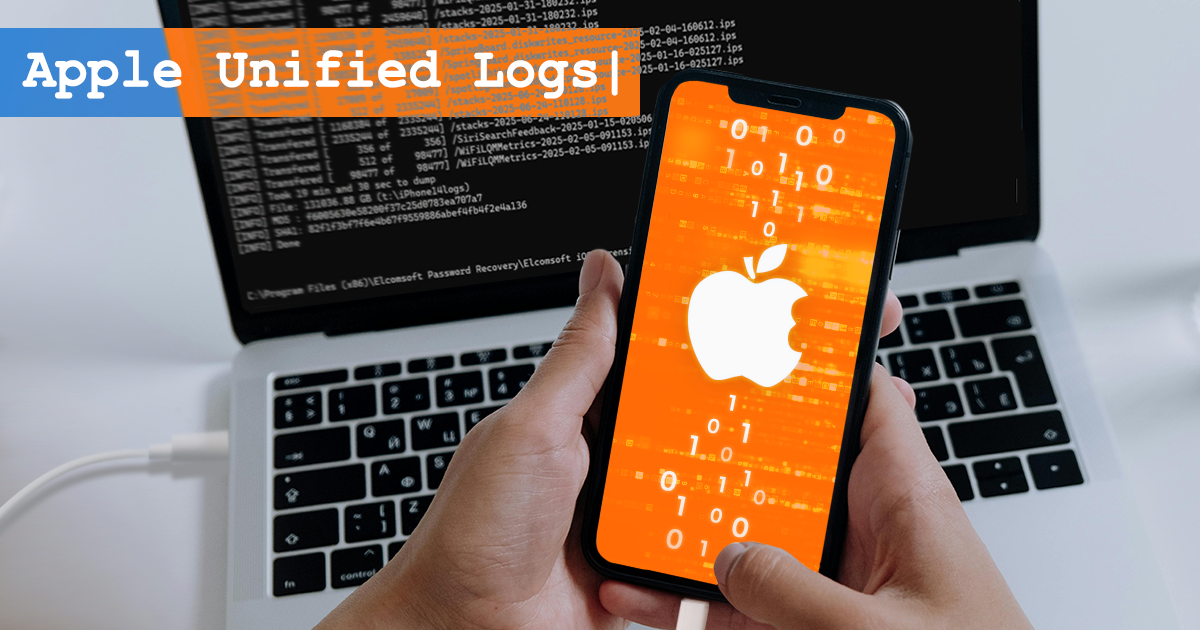Advanced Intuit Password Recovery received a major overhaul, adding support for Intuit QuickBooks 2024. For QuickBooks’ annual update, we are excited to provide the complete solution for safe, instant, unconditional password removal. This enhancement addresses a persistent issue in earlier versions, making user management more reliable and efficient for users, IT professionals, and digital forensic specialists.
In the field of digital forensics, properly handling the task of disk imaging is crucial for preserving data integrity. Using write blockers ensures that no data is altered during the imaging process, a key requirement for maintaining the chain of custody. While there are many factors influencing the efficiency and speed of this process, this article offers advanced tips and considerations that can help achieve optimal performance.
Our blog features numerous articles on breaking passwords and accessing encrypted data, ranging from simple “how-to” guides to comprehensive manuals. However, many of the questions we are frequently asked are not about the technical stuff but rather the very basics of password recovery. Can you break that password? Is it legal? How much time do you think it will take to break this one? We do have the answers, but they require digging through the extensive content of our blog. To address this, we’ve created a comprehensive A to Z article that not only answers many common questions but also links to our previous posts.
Low-level extraction enables access to all the data stored in the iOS device. Previously, sideloading the extraction agent for imaging the file system and decrypting keychain required enrolling one’s Apple ID into Apple’s paid Developer Program if one used a Windows or Linux PC. Mac users could utilize a regular, non-developer Apple ID. Today, we are bringing this feature to Windows and Linux editions of iOS Forensic Toolkit.
Apple accounts are used in mobile forensics for sideloading third-party apps such as our own low-level extraction agent. Enrolling an Apple ID into Apple Developer Program has tangible benefits for experts, but are they worth the investment? Some years back, it was a reassuring “yes”. Today, it’s not as simple. Let’s delve into the benefits and limitations of Apple Developer accounts in the context of mobile forensics.
iOS Forensic Toolkit comes in three flavors, available in macOS, Windows, and Linux editions. What is the difference between these edition, in what ways is one better than the other, and which edition to choose for everyday work? Read along to find out.
Twelve years ago, we introduced an innovative way of accessing iPhone user data, retrieving iPhone backups straight from Apple iCloud. As our iCloud extraction technology celebrates its twelfth anniversary, it’s a fitting moment to reflect on the reactions it has provoked within the IT community. Let us commemorate the birth of the cloud extraction technology, recap the initial reactions from the forensic community, and talk about where this technology stands today.
In the realm of iOS device forensics, the use of the checkm8 exploit for low-level extractions has become a common practice. However, when using this method, you may occasionally need to remove the device’s screen lock passcode, which can lead to several undesirable consequences. In this article, we’ll study these consequences and learn when you need a screen lock reset, when it can be avoided, and how what the latest iOS Forensic Toolkit has to do with it.
iOS backup passwords are a frequent topic in our blog. We published numerous articles about these passwords, and we do realize it might be hard for a reader to get a clear picture from these scattered articles. This one publication is to rule them all. We’ll talk about what these passwords are, how they affect things, how to recover them, whether they can be reset, and whether you should bother. We’ll summarize years of research and provide specific recommendations for dealing with passwords.
In the latest update, Elcomsoft Distributed Password Recovery introduced a new feature that allows managing the available computational resources. The new resource management capability allows administrators to manage and distribute the available computational resources across multiple jobs. The feature enables users to tap into a pool of available resources by requesting a certain number of recovery agents. The reserved recovery agents will be allocated, allowing multiple jobs to run separately at the same time.


